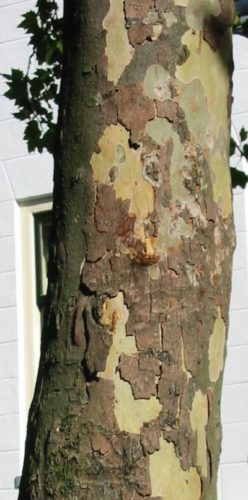Plane tree, tree in the plane-tree family. Tolerates polluted (city) air well and can grow about thirty feet tall.
Also known as:
Plane (UK)
Sycamore (US) – in particular Platanus occidentalis
You are viewing the mobile-adapted version of the page.
The one for tablets, laptop and desktop also provides general information, such as origin, toxicity and cultivation.
Plane tree – (Platanus), tree in the plane-tree family (Platanaceae). Tolerates polluted (city) air well and can grow about thirty feet tall.
Plane trees are easy to prune, which is why pollarded plane trees and canopy forms and espalier trained plane trees are popular.
Plane trees root deeply, prefer calcareous soil; they do less well in poor, dry sandy soils and heavy, dense clay soils. Plane trees do not like too high a water table or too acidic soil.
- Budding leaves and branches are softly hairy (downy). The hairs can lead to itching and irritation of the skin and lungs.
- The seeds of the plane tree are associated with the often fatal muscle disease Atypical myopathy in horses.
Bugs
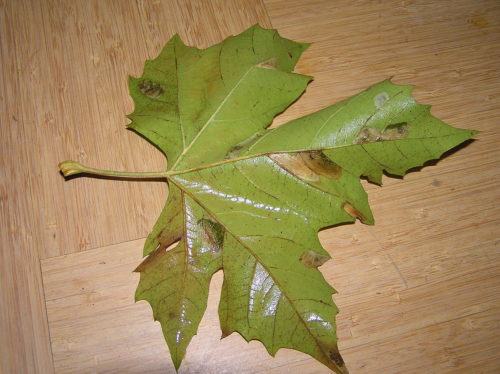
Many tunnels (mines) in the leaf: London Midget (Phyllonorycter platani).
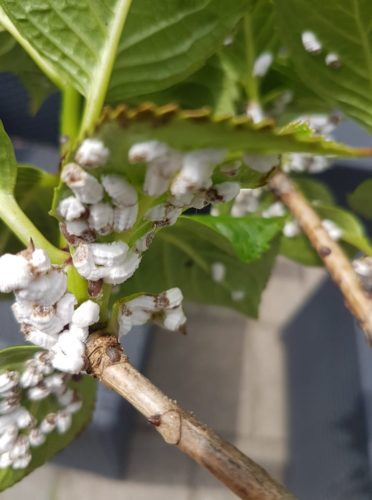
White woolly waxy fluff with wax threads: Hydrangea Scale (Pulvinaria hydrangeae). The lint is in fact the egg sac of the insect.
Fungi & diseases
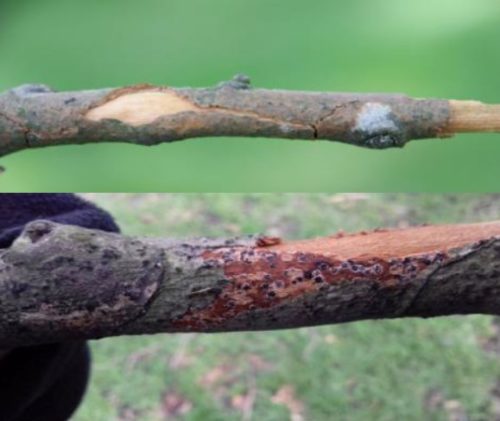
Wood rot in the branches resulting in branches breaking off. The infestation starts at the top of the branch, so detection is often not discovered until (too) late: massaria disease (Splanchnonema platani).

Mushroom formation on trunk: fan-shaped fungus, shiny orange/brown top. The spores are found as cocoa-like powder around the fungus. The fungus can grow half a meter wide on old, large trees: Lacquered bracket (Ganoderma resinaceum).
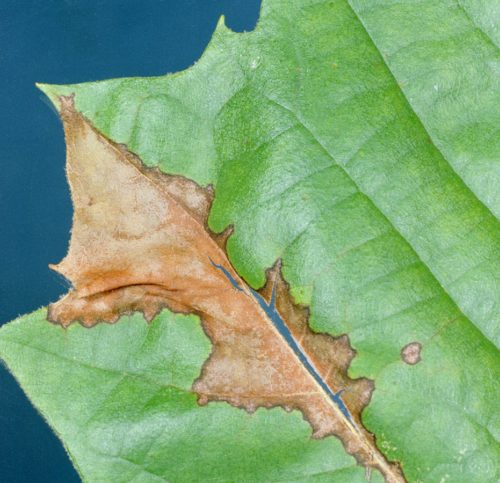
On young leaves and shoots, brown, withered spots appear along the veins. Then the whole leaf withers and falls off. Sometimes also proliferations on young branches that subsequently die: Anthracnose (Apiognomonia veneta).
Other
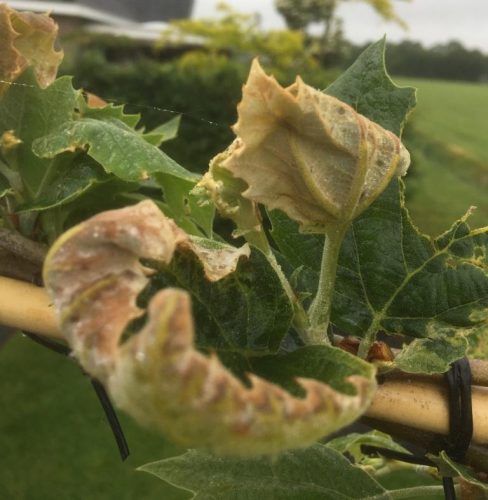
A strong dry wind in spring can damage the young leaves of newly planted plane trees: brown, withered spots on the leaves. Usually the tree recovers during the season by producing new leaves. Not to be confused with Anthracnose: there the brown, withered spots appear along the leaf veins.

